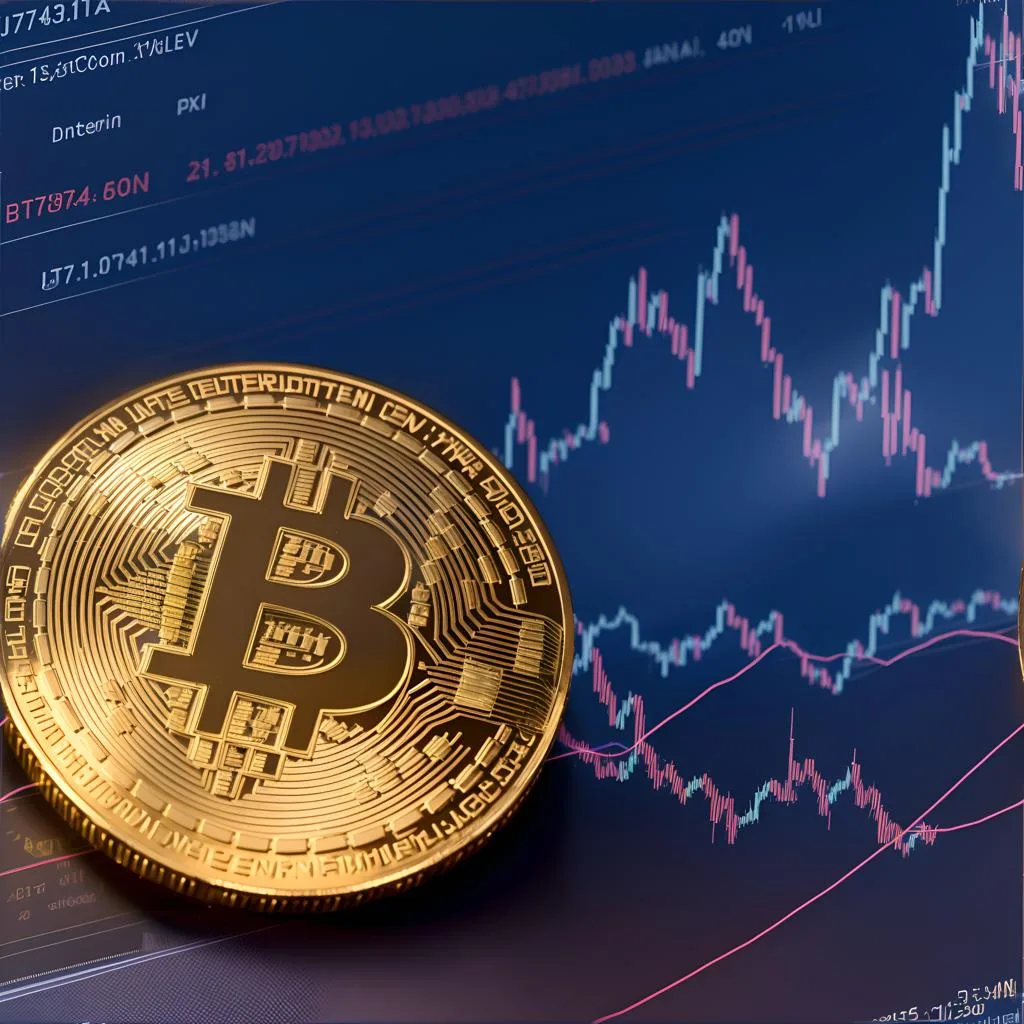
Cryptocurrency correlation with U.S. equities has become evident as Bitcoin (BTC) and Ether (ETH) remained relatively unchanged over the past 24 hours. This correlation is temporarily back on track, according to Alex Kuptsikevich, the FxPro senior market analyst. The Crypto Market Fear and Greed Index is dipping into “fear” territory, implying that the crypto market did not suddenly become a safe haven. Crypto markets slumped 0.5%, with only a few alternative tokens showing gains, including Maker protocol’s MKR and Shiba Inu ecosystem BONE.
Impact of Inflation Fears on Crypto and Stock Markets
Traders are pricing in fear of inflation, which may impact riskier assets. Despite the storm in the equity markets, the crypto market remains subdued, losing only 0.3% in 24 hours to $1.045 trillion. The Crypto Markets Index (CMI), a broad-based tracker of hundreds of tokens, shows that the crypto markets mirrored a drop in the U.S. markets on Tuesday. The S&P500 lost 1.5%, the Dow Jones Index fell 1.1%, and the tech-heavy Nasdaq 100 ended the day 1.4% lower.
Asian Markets Bring Relief to Crypto Bulls
On Wednesday, Asian markets rose higher, bringing relief to crypto bulls as majors pared back some of Tuesday’s losses. BTC exchanged hands at $26,300, ETH at $1,580 in Asian morning hours. The cryptocurrency correlation with the stock market is temporarily back on track, as evidenced by the Crypto Market Fear and Greed Index dipping into “fear” territory. This implies that the crypto market did not suddenly become a safe haven.
Significance of Cryptocurrency Correlation
The positive cryptocurrency correlation with the stock market is an important factor to consider for investors and traders. It helps them understand the market dynamics and make informed decisions about their investments. When crypto markets show a strong correlation with equities, it indicates that they are moving in tandem with traditional financial markets. This can be seen as a sign of maturity for the cryptocurrency market, as it becomes more integrated with the global financial ecosystem.
However, a strong cryptocurrency correlation with equities can also be a double-edged sword. While it may provide a sense of stability and predictability for investors, it can also expose the crypto market to the same risks and vulnerabilities that affect traditional financial markets. In times of economic uncertainty or market turmoil, a strong correlation may lead to increased volatility and potential losses for investors in both markets.
Factors Influencing Cryptocurrency Correlation
Various factors can influence the cryptocurrency correlation with traditional financial markets. These factors can be both external, such as global economic events, and internal, such as developments within the crypto industry itself. Some of the key factors that can impact the correlation include:
1. Regulatory developments: Changes in regulations and policies related to cryptocurrencies can have a significant impact on their correlation with traditional financial markets. For example, if a major economy introduces strict regulations for cryptocurrencies, it could lead to a drop in their prices and increased correlation with equities.
2. Market sentiment: The overall sentiment in the financial markets can also influence the cryptocurrency correlation. In times of uncertainty or fear, investors may flock to traditional assets, leading to a stronger correlation between crypto and equities.
3. Technological advancements: Developments in the crypto industry, such as the introduction of new technologies or platforms, can also affect the correlation. These advancements can either strengthen or weaken the link between crypto and traditional financial markets, depending on their impact on the overall market dynamics.
In conclusion, the cryptocurrency correlation with U.S. equities is a crucial aspect for investors and traders to monitor. While it can provide a sense of stability and predictability, it also exposes the crypto market to the same risks and vulnerabilities that affect traditional financial markets. By keeping an eye on the factors influencing this correlation, investors can make more informed decisions about their investments and better manage their risk exposure.




